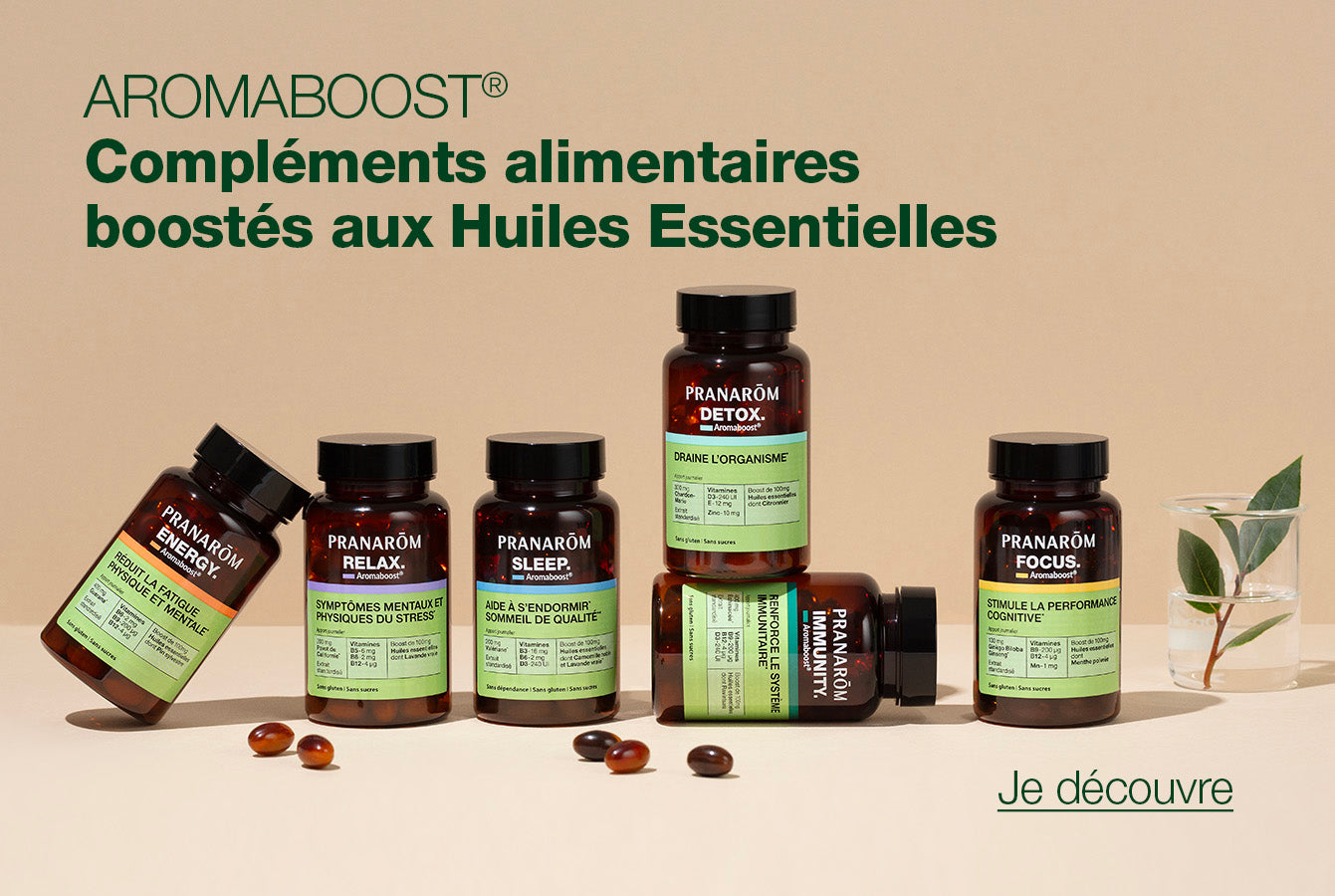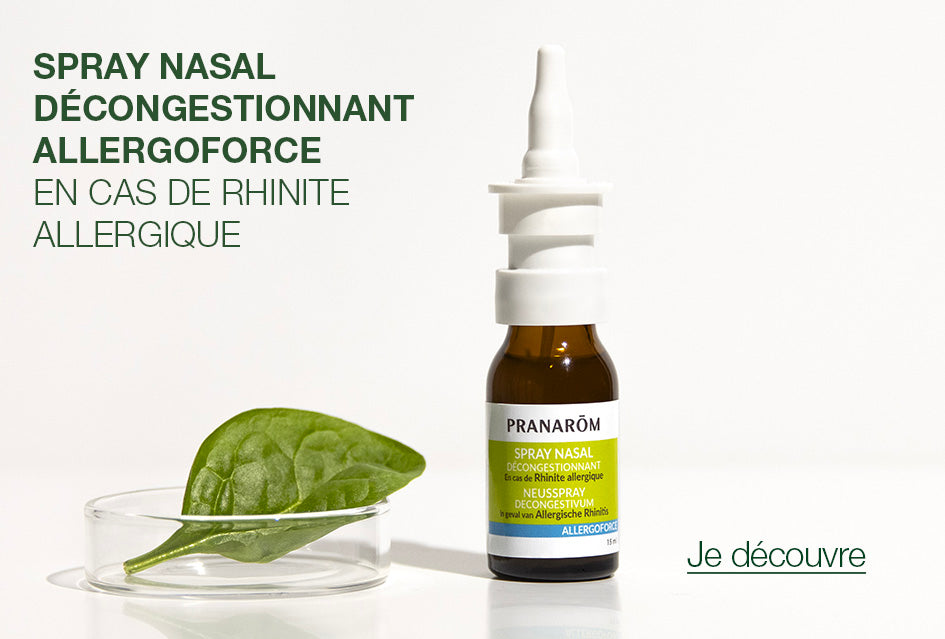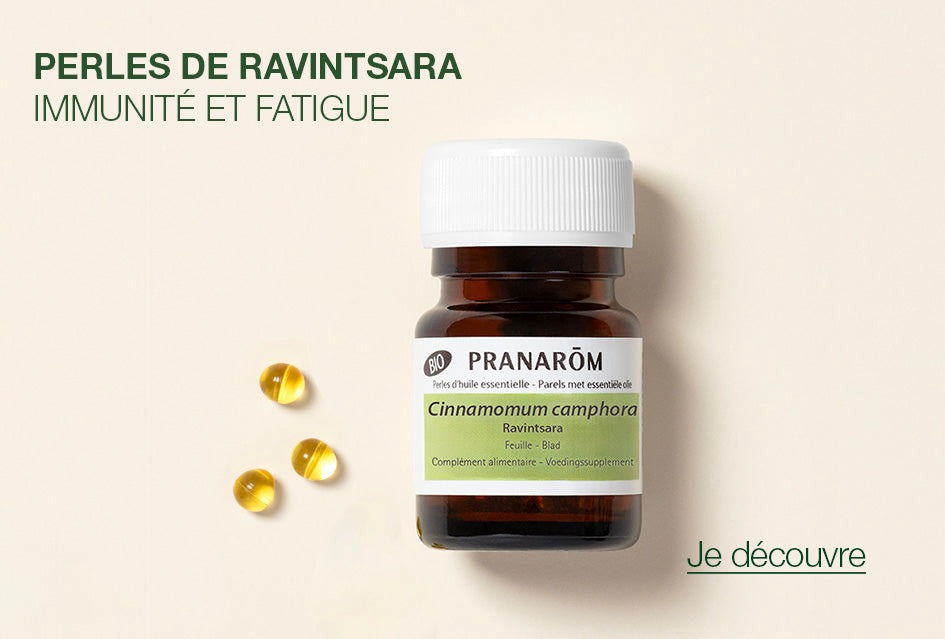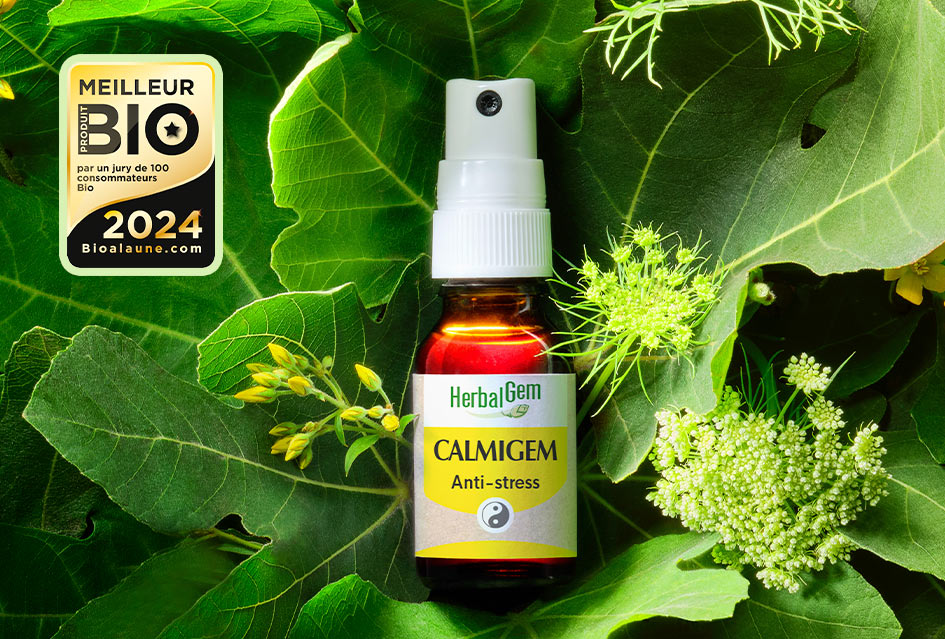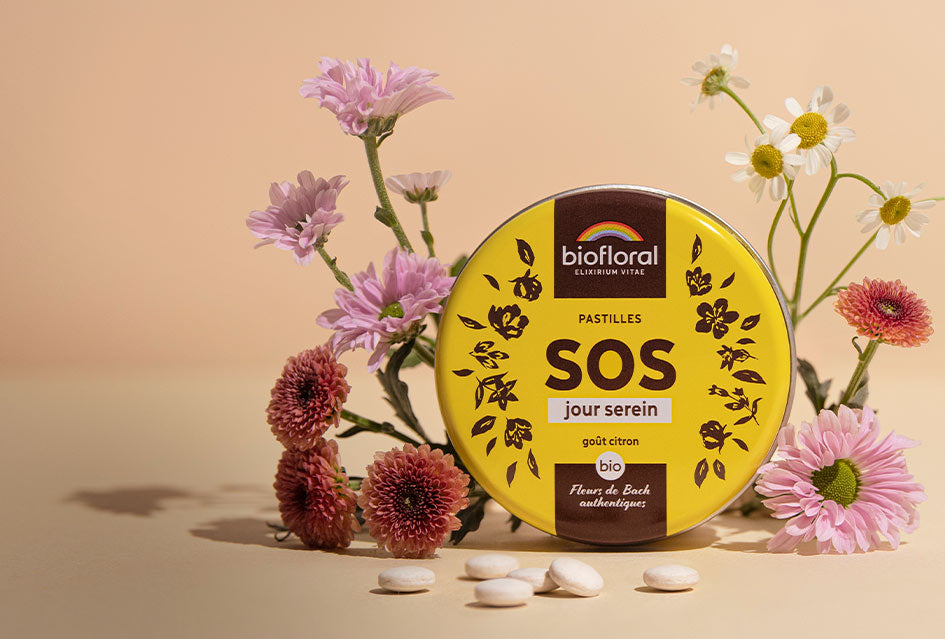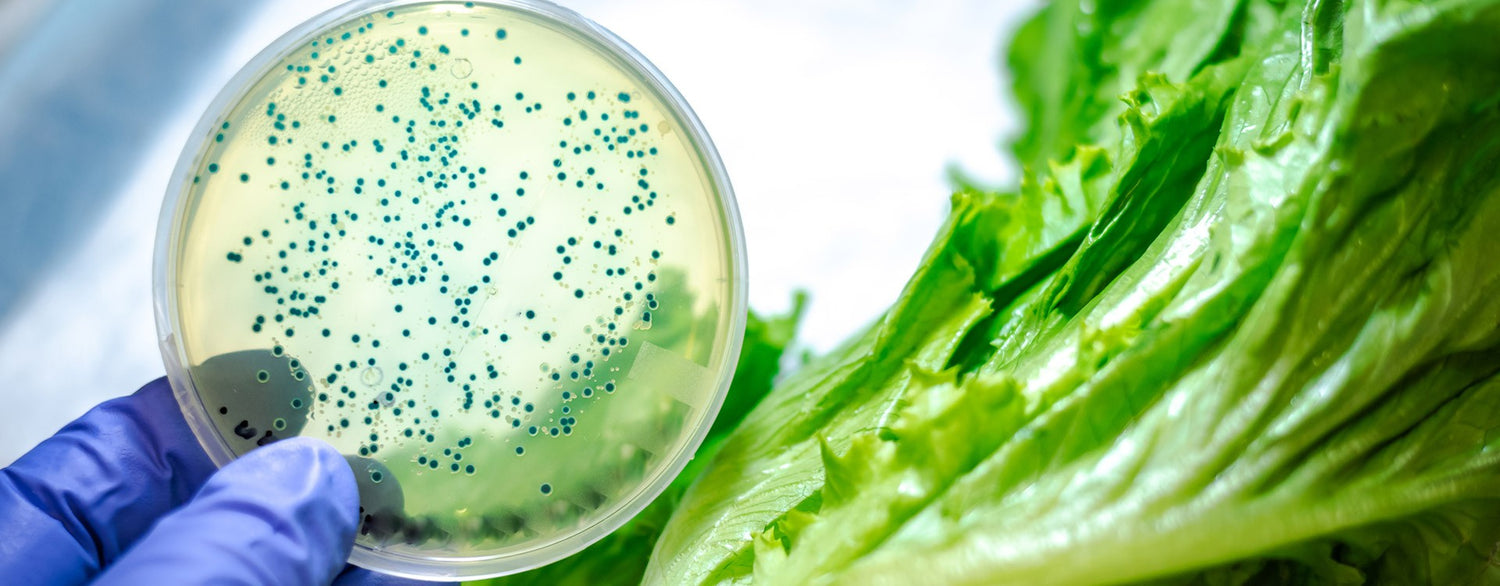Enterohaemorrhagic Escherichia coli (EHEC) serotype O157:H7was first recognized as a food pathogen in 1982 (Paton and Paton 1998). Since then, this organism has been implicated in sporadic cases and outbreaks of enterohaemorrhagic diarrhea worldwide (EFSA and ECDC 2013; Crim et al., 2014). EHEC O157:H7 is a member of the attaching and effacing (A/E) E. coli group. It possesses virulence factors essential for adhesion of the pathogen to intestinal epithelial cells (attachment) and is responsible for the destruction of the brush border ofmicrovilli (effacement) (Paton and Paton 1998).
- TYPE DE SOLUTIONS
- Best-Sellers
- Solutions prêtes à l'emploi
- Compléments alimentaires
- Huiles Végétales
- DIY / Coffrets
- Perles d'Huiles Essentielles
- Diffusion
- Hydrolats
- Livres
- Voir tout
- NOS GAMMES
- Aromaboost® - Nouveau
- Allergoforce
- Digestarom
- Aromalgic
- Oleocaps +
- Aromapic
- Aromaforce
- PranaBB
- Voir toutes les gammes
- VOS BESOINS
- Allergies
- Digestion et transit
- Articulations et muscles
- Confort circulatoire
- Immunité et Bien-être
- Piqûres et insectes
- Bébé et maternité
- Confort urinaire
- Respiration et ORL
- Dépendances
- Voir tous les besoins
- PRANARŌM
- Le laboratoire Pranarom
- Recherche scientifique
- LA SCIENCE DES HUILES ESSENTIELLES
- Distillation des Huiles Essentielles
- Les Huiles Végétales
- Les Hydrolats
- Diffusion d'Huiles Essentielles
- LE GROUPE INULA
- Notre raison d'être
- Nos engagements


